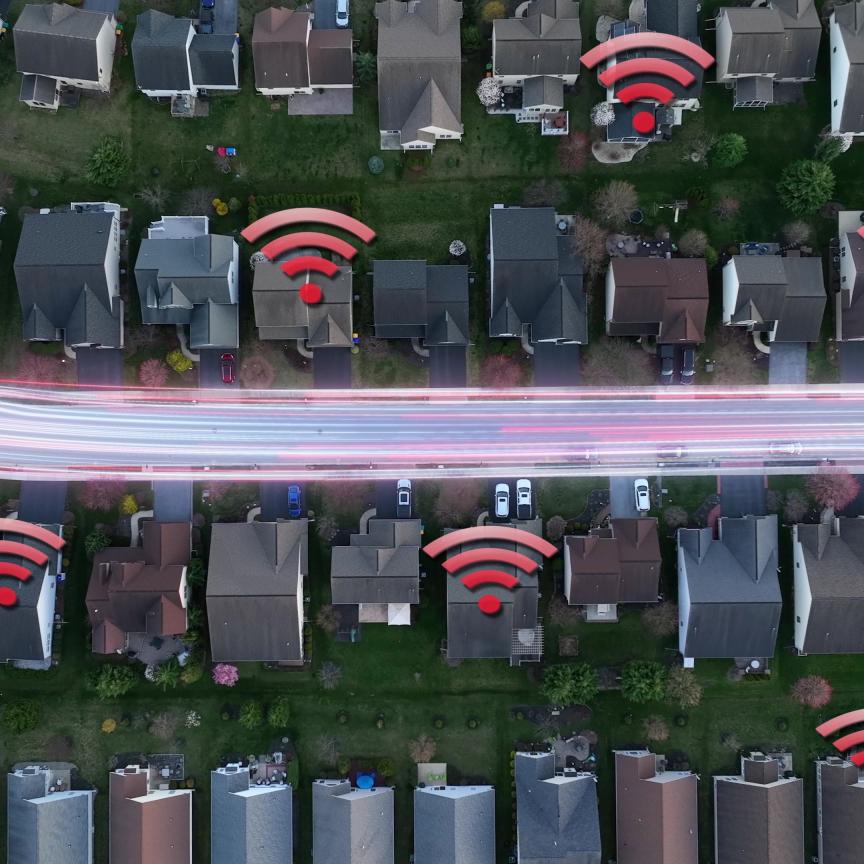In December, as reported in Fibre Systems, a study predicted that there will be a 560 per cent increase in data traffic on metro cable networks, driven by an increased demand for video and the continued proliferation of data centres.
The Bell Labs study for Alcatel-Lucent showed that, by 2017, more than 75 per cent of that traffic will stay in metro networks – compared to 57 per cent today. It also indicated that traffic from video services will increase by as much as 720 per cent and data centre traffic will increase more than 440 per cent during the same time period.
Packet-optical networking solutions provider Transmode is less involved in the FTTH market, and generally provides services to base stations or DSLAMs (digital subscriber line access multiplexers) – so, though the company is watching markets develop from a different angle, CTO Sten Nordell reports that it is following and reacting to the same trends.
Transmode’s experience is that data centre interconnect is increasing fast because of the existence of the cloud – with the result that metropolitan networks are getting bigger and busier. Access speeds are also increasing fast along with rates of activity, with a sea-change in technological capabilities reflected by increased expectation that 100G metro networks will soon be commonplace.
But is the progress being driven by demand, or by technical advances? ‘End-users are demanding it – it’s a bit of a push and pull situation,’ says Nordell. ‘They want their content – whatever it might be – faster; when they press enter, they want it to happen immediately. At the same time, the supplier of the content always wants to supply a better picture, for example. As higher bit rates become available, suppliers are keen to produce better-quality and higher-definition products.
‘Sometimes it’s also the case that people are not deliberately going out and using services or knowingly trying to use more bandwidth. People will often click the button without really knowing what that means in terms of data – but people increasingly have the ability to carry out extra functions – and, of course, very quickly that becomes the norm.’
Nordell says that, in the market in which Transmode operates, there appears to be no logical limit to the rates at which data can be transferred – though of course there are cost-implications.
He continues: ‘There does appear to be a kind of race going on, to compete at the higher levels of provision, as there would be in many types of industry. Take any European country, – such as Switzerland. You get one operator saying they are going to provide a certain service to almost everyone in the country; it’s never long before another operator says they are going to do the same thing – and then the race has started. It’s the same in the States, where there are any number of small city-wide operators in competition to provide metro networks.’
Inevitably, such competition will lead to higher take-up rates of FTTH – and the logical conclusion is that bit rates will rise accordingly in both access and metro networks. But is such a model sustainable for companies that are constantly pushing the boundaries of what is possible?
Nordell concludes: ‘The question, as always, is how are we going to make more money out of higher bit-rates? There are new business opportunities – so different business models will arise. Shared infrastructure is going to become more commonplace – so one access or metro server network might have multiple users and applications.
‘As in any industry, companies will come and go, but overall it’s a question of working out how fast firms need to make investments to take advantage of these new commercial opportunities, while still being able to maintain a good revenue stream, and not over-stretching themselves while doing
so.’
Metro contextual


